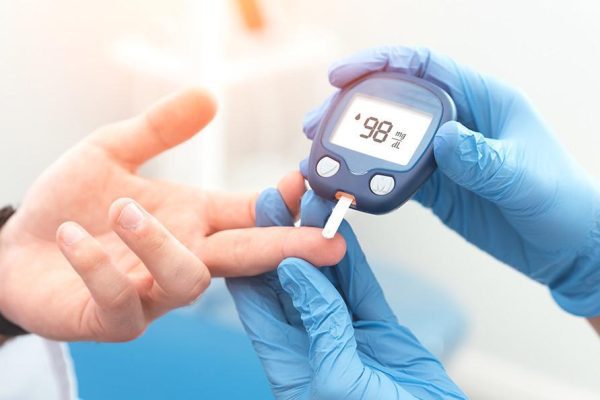Skin cancer is the destructive cancerous growth of the skin that originates from the cells of the epidermis, which is a superficial layer of the skin. Apart from melanoma, which is considered the most dangerous skin cancer type, the majority of these skin cancers are rarely life-threatening and spread to other parts of the body.
There are primarily three types of skin cancer — melanoma, squamous cell carcinoma, and basal cell carcinoma. Melanoma originates from melanocytes, which are the pigment-producing skin cells. Melanoma is a rare form of skin cancer, which is less common. However, it is considered to be the most dangerous of all skin cancer types. Squamous cell carcinoma is the second most common skin cancer of the three types. It originates from the squamous cells in the skin. Basal cell carcinoma is the most common skin cancer that is easy to treat. In this type of cancer, the basal cells are affected and mutated.
You are advised to undergo Skin Cancer Check In Gold Coast at least once a year to rule out any symptoms or signs of skin cancer. Regular check-ups can help in early detection of cancer growth or complete prevention.
If you are concerned about your skin cancer risk, we have prepared this post where we will discuss everything from the symptoms to causes, diagnosis and treatment of skin cancer. It is an informative post meant to educate readers.
Let’s get started.
What is skin cancer?
Skin cancer is the abnormal growth of the skin cells. It is most often developed due to exposure to the sun. However, there are other factors as well that influence the skin cells to mutate and become cancer cells. The best way to reduce your risk of skin cancer is to avoid or limit your exposure to UV rays completely. On the other hand, checking your skin for any abnormal or suspicious changes can help identify skin cancer at its initial stages. Diagnosing skin cancer at its earliest stage gives you the greatest chance of successfully undergoing the treatment and get cured.
What are the symptoms of skin cancer?
Please note that skin cancer develops essentially on regions that are directly exposed to the sun. This includes the hands, arms, chest, neck, ears, lips, and face. In the case of women, legs are also highly exposed to the sun. Nevertheless, it can also develop in regions that rarely are exposed to the external environment, such as beneath toenails, fingernails, or even the genital area.
Skin cancer can develop in people of all ages, irrespective of their gender and skin tone. In dark-skinned individuals, cancer type like melanoma is likely to develop in areas that are not exposed to the sun, like the soles of the feet or palms of the hands.
In the case of basal cell carcinoma, it highly develops in areas that are directly exposed to the sun, such as the face and neck. The cancerous growth may appear as:
- A blistering or bleeding sore that heals and returns over and over again
- A flat, brown, or flesh-coloured scar-like lesion
- A waxy or a pearly bump
Squamous cell carcinoma, on the other hand, mostly develops on the sun-exposed regions of the body like the hands, ears, and face. In the case of dark-skinned individuals, they are more likely to develop this type of cancer in regions that aren’t exposed to the sun. The cancerous growth may appear as:
- A flat lesion with a hardened, scaly surface
- A firm, red nodule
Since melanoma is the most dangerous of all, the symptoms can be severe. It can develop anywhere on your body. In fact, even an existing mole can become cancerous. This is the reason why the majority of people prefer removing any mole from their body. The signs that you may have melanoma include:
- Dark lesions on your toes, fingertips, palms, or soles, or on mucous membranes lining your anus, vagina, nose, or mouth
- A painful lesion on the face or other sun-exposed area that burns or itches
- A small lesion that appears blue-black, blue, white, pink, or red and has irregular portions and border
- A mole that bleeds or change in colour, feel, or size
- A dark brownish spot with darker speckles
What causes skin cancer?
Skin cancer develops when the DNA of the skin cells are mutated. The mutations cause the skin cells to grow abnormally, forming a mass of cancer cells.
UV rays of the sun are the primary cause of skin cancer in humans. However, artificial UV exposure, like in sunbeds, tanning, etc. can also cause skin cancer. Other factors may include your skin being exposed to toxic substances.
Treatment
Depending on the size, depth, type, and location of the symptoms, the doctor decides the suitable treatment. Some of the most common skin cancer treatments are as follows:
- Biological therapy
- Photodynamic therapy
- Chemotherapy
- Radiation therapy
- Cryotherapy
- Mohs surgery
- Excisional surgery
Please make sure to visit your doctor for regular check-ups so that any abnormal activity taking place on your skin can be quickly detected.





